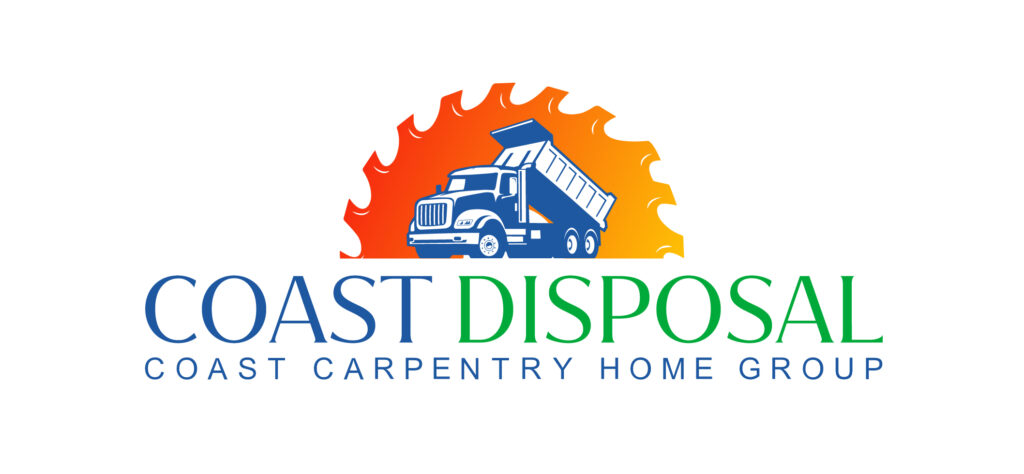Transforming your backyard into an entertaining space can make your home the go-to spot for gatherings. Hardscape design plays a big role in creating these welcoming outdoor areas. Hardscaping involves using non-living elements like stone, wood, and concrete to enhance your yard. These elements can make your outdoor space both functional and beautiful.
Creating Inviting Outdoor Seating Areas
Outdoor seating areas are essential for any entertaining space. The right seating can make your guests feel comfortable and welcomed, encouraging them to stay longer and enjoy the atmosphere. Here are some ideas to make your outdoor seating inviting:
Built-In Benches: Built-in benches are a great way to provide ample seating without taking up too much space. You can place them along the edges of your patio or around a fire pit. Add colorful cushions for extra comfort and style.
Outdoor Sofas and Chairs: Choose weather-resistant sofas and chairs that can withstand the elements. Look for pieces with durable frames and cushy seats. Arrange them in a cozy layout that encourages conversation.
Hammocks and Swing Chairs: Hammocks and swing chairs add a fun and relaxing element. Hang them from sturdy beams or trees. They are perfect for lazy afternoons and can be a hit with both kids and adults.
Dining Sets: If you plan to host outdoor dinners, invest in a good-quality dining set. A large table with plenty of chairs allows everyone to gather around for meals. Consider adding an umbrella for shade during sunny days.
Portable Seating: Portable seating options like folding chairs and stools can be easily moved around. They are handy for larger gatherings when you need extra seats.
Having a variety of seating options ensures your backyard is ready for any type of gathering. Mix and match different styles to create a space that is both functional and eye-catching.
Incorporating Functional and Stylish Pathways
Pathways play an important role in your hardscape design. They guide your guests through your yard and add structure to the space. When designing pathways, think about both function and style.
Stone Paths: Stone paths are durable and can be arranged in many patterns. Use large, flat stones for a rustic look. They work well in natural gardens and blend seamlessly with the surroundings.
Brick Walkways: Brick walkways add a classic touch to your yard. They are sturdy and long-lasting. Arrange the bricks in interesting patterns, like herringbone or basketweave, to add visual interest.
Gravel Paths: Gravel paths are easy to install and maintain. They are perfect for winding paths that lead through gardens. To keep the gravel in place, use edging materials like wood or metal.
Concrete Paths: Concrete paths offer a sleek and modern look. They can be poured in any shape or size, making them versatile for any yard layout. You can also add textures or colors to the concrete for a unique finish.
Wooden Boardwalks: Wooden boardwalks create a beachy boardwalk vibe. They are ideal for homes near the coast or for sections of the yard that may be damp. Use weather-resistant wood to ensure it lasts.
Lighting: Adding lighting along pathways enhances both safety and beauty. Use solar lights or LED strips to illuminate the path. This creates a welcoming and secure environment during evening gatherings.
Incorporating these pathways into your design helps define different areas of your yard. They connect various parts of the space, making it easy for guests to navigate. Choose materials and styles that complement your overall hardscape to create a cohesive and inviting outdoor area.
Designing Multi-Use Patio Spaces
A well-planned patio can become the heart of your entertaining space. Multi-use patios allow you to maximize the area by serving different functions. Here are some ideas to create a versatile and inviting patio:
Zoning Areas: Divide your patio into distinct zones. One area can be set up for dining with a table and chairs, while another can be a lounging space with sofas and coffee tables. Use outdoor rugs or planters to separate these zones visually.
Dual-Function Furniture: Invest in furniture that serves multiple purposes. For instance, an outdoor dining table with storage underneath or a bench that doubles as a chest. This helps keep the space organized and functional.
Shade Structures: Add pergolas, umbrellas, or shade sails to provide relief from the sun. These structures can also define separate areas within your patio while adding style to the design.
Flexible Seating Arrangements: Use furniture pieces that can be easily moved around. Modular sofas and stackable chairs allow you to change the layout based on the occasion, whether it’s a casual get-together or a formal dinner.
Integrated Lighting: Incorporate various types of lighting to extend the usability of your patio into the evening. String lights, lanterns, and built-in LED lights can create a cozy and inviting atmosphere.
Outdoor Accessories: Decorate your patio with accessories like cushions, throws, and outdoor art. These items add personality and comfort, making the space feel more like an extension of your home.
Creating a multi-use patio ensures you can enjoy your outdoor space in many different ways. This flexibility makes it easier to entertain guests and adapt to various activities.
Enhancing Entertaining Spaces with Outdoor Kitchens and Fire Pits
Adding an outdoor kitchen and fire pit can elevate your entertaining space. These features make it easier to host events and create a warm, inviting environment. Here are some ideas to get you started:
Outdoor Kitchens:
Grill Stations: Install a high-quality grill station. Choose one with plenty of prep space and storage. A grill station allows you to cook and serve food without having to go inside.
Counter Space: Ample counter space is essential for preparing and serving food. Use durable materials like granite or concrete that can withstand the elements.
Storage Solutions: Include cabinets and drawers in your outdoor kitchen design. This helps keep utensils, dishes, and cooking supplies organized and easily accessible.
Appliance Options: Consider adding appliances like a mini-fridge, sink, or pizza oven. These features make your outdoor kitchen more versatile and convenient.
Fire Pits:
Central Gathering Spot: Place the fire pit in a central location where guests can gather around. Include comfortable seating like cushioned chairs or built-in benches.
Safety Features: Ensure your fire pit has safety features like a spark screen or a deep basin to contain the fire. Keep a fire extinguisher nearby for emergencies.
Wood vs. Gas: Decide between a wood-burning fire pit or a gas-powered one. Wood-burning pits offer a traditional experience, while gas ones are easier to light and control.
Decorative Elements: Enhance the space around the fire pit with decorative elements like stone pavers, gravel, or surrounding planters. These additions make the area more aesthetically pleasing.
Adding an outdoor kitchen and fire pit creates focal points for entertaining. These areas can be enjoyed year-round, making your backyard the perfect place for gatherings.
Conclusion
Transforming your backyard into an entertaining haven involves careful planning and thoughtful design. By incorporating inviting seating areas, functional pathways, multi-use patios, outdoor kitchens, and fire pits, you can create a space that is both beautiful and practical. These elements not only enhance the overall look of your yard but also make it more enjoyable for hosting gatherings.
At Coast Carpentry Construction, we specialize in bringing your outdoor space to life. Our team is here to help you design and build an entertaining area perfect for your needs. If you’re ready to create an amazing outdoor space, contact us today. Let us help you transform your backyard into a place of relaxation and entertainment.







